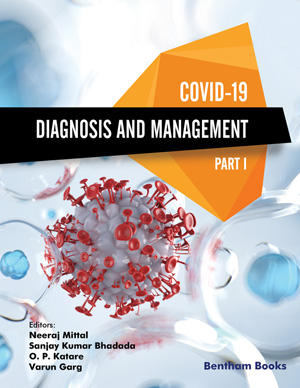Abstract
Presently, the whole world is going through a historic yet a troublesome situation following COVID-19 outbreak. The clinicians have observed a wide variety of respiratory and non-respiratory clinical manifestations in COVID-19 patients. Accumulating reports revealed that the clinical features of COVID-19 may include asymptomatic/mild symptoms, neurological, cardiovascular complications, severe pneumonia and mortality. The most common features noticed are fever, dry cough, sore throat, shortness of breath, sputum production, fatigue, and myalgia. Recently, US health protection agency has also reported repeated shaking along with chills, loss of taste and smell in new case studies as additional symptoms. In addition to this, COVID-19 patients may show clinical signs like persistent pressure and pain in the chest, blue lips or face, confusion and GIT disturbances (diarrhea, nausea, vomiting and abdominal discomfort). The current ongoing pandemic has remarkably affected almost every age group of humans, starting from infants less than 3 months, adults, elder and older patients. Furthermore, the clinical presentations in these groups of COVID-19 infected patients were found to show considerable inter-individual variations. The findings also suggested that the comorbid conditions (heart injury, hyperglycemia, hypertension, neurodegenerative diseases) in elder/older patients further complicate the health of COVID-19 patients.
In the present book chapter, the clinical presentation of COVID-19 in pediatric, adults and geriatric group of population will be emphasized along with the higher susceptibility of COVID-19 in comorbid patients.






















